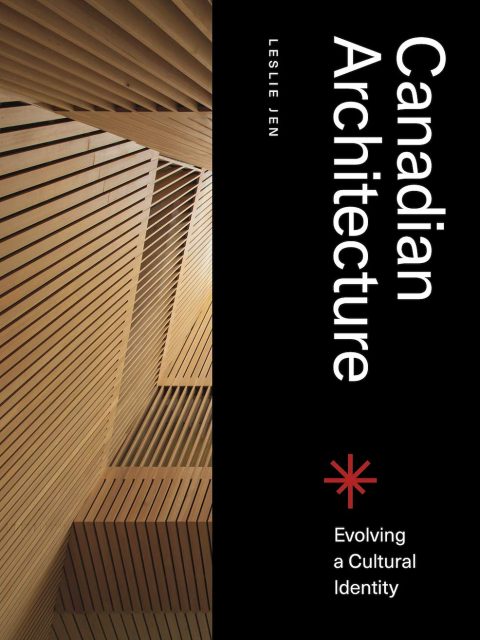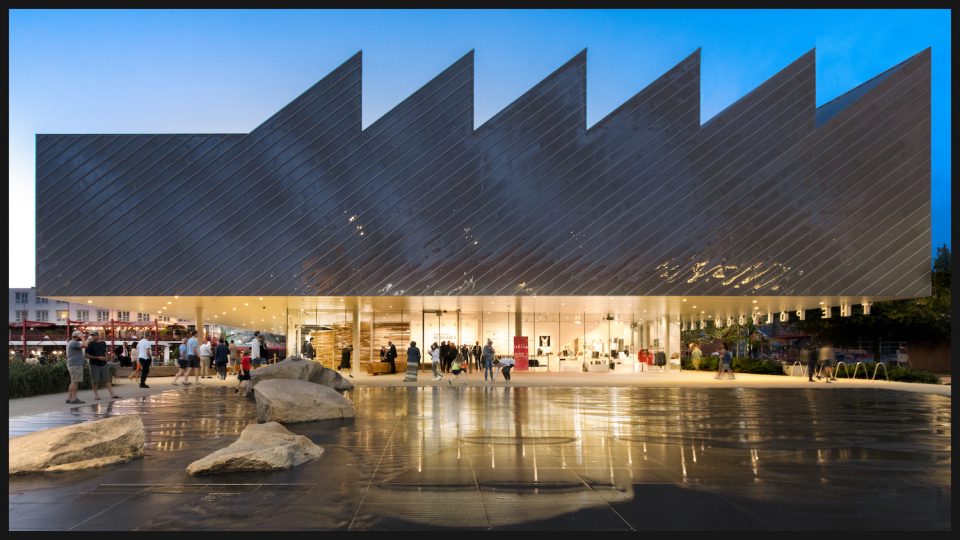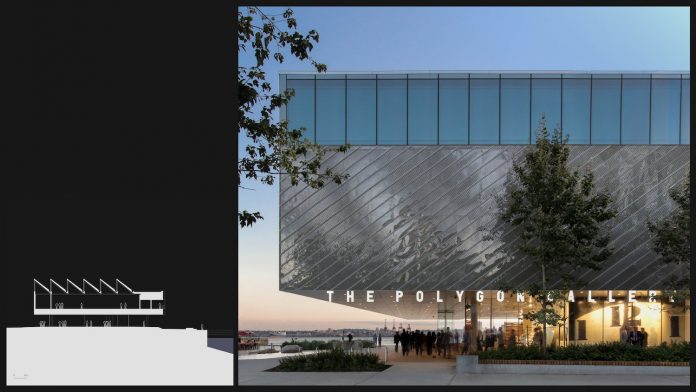Canadian Architecture: Evolving a Cultural Identity is a new book from Leslie Jen, profiling Canada’s most accomplished architectural firms, whose work enhances cities and landscapes across the country. Jen explores a number of significant projects in urban and rural environments—private residences, cultural and institutional facilities, and democratic public spaces—that profoundly influence our interactions with each other and the communities in which we live. Accompanied by stunning photography, Canadian Architecture is a testament to a thriving, diverse and innovative design culture that continues to play an integral role in shaping our national identity. Published by Figure 1 Publishing, the hardcover book will be released on September 7, 2021.

What got you interested in writing ‘Canadian Architecture: Evolving a Cultural Identity’
A lifelong interest and training in architecture evolved into a career writing about architecture. My longtime role as Associate Editor at Canadian Architect magazine provided exposure to the work of architecture firms in virtually every province, which enabled me to learn not only about the ethos and motivation behind these firms but also the regional characteristics of the communities they work in—further reinforced through my travels across the country and abroad. But while there are many architecture-related books that are either building-focused city guides or monographs concentrated on the work of a single architecture firm, few encompass a comparative survey of design practices on a national level, and I wanted to examine it through that lens.
What makes architecture on the west coast and Vancouver unique?
The mild climate and dramatic landscape of the West Coast determine material choice and the degree of engagement with the outdoors. Thorough integration of interior and exterior space is possible, facilitating communion with nature—which is much more challenging to do in provinces with extreme climate such as Manitoba or Saskatchewan. Wood as a locally sourced and renewable natural resource makes it an obvious and sustainable material choice, and it will continue to be so especially with innovations being made in wood technology: cross-laminated timber and other prefabricated mass timber products enable tall wood buildings to be constructed quickly and efficiently. This is something at which a handful of B.C. firms have been particularly successful.

How do you see Canadian architecture evolving in the coming years? What is the reception to Canadian architectural designs on the world stage? What are we well-known for, or becoming well-known for?
From time to time I travel abroad to cover design shows, and while there are a handful of prominent Canadian designers recognized in architecture and interior/industrial design, we are not a huge player globally—which is understandable given our relatively sparse population compared to the U.S., Europe and Asia, etc. It’s also because our country is fairly young and our government has yet to support and promote architecture and design (and cultural production in general) at the same level that other countries do. I’m hoping this book will play a small part in changing that by giving greater exposure to the Canadian firms working so hard to design excellent buildings and communities while advancing the national and international design discussion.
I think that in coming years, there will necessarily be an increased rate of scientific and design innovation in architecture and building practices to address the many challenges we are having with climate change, social inequality, growing and aging populations, and consequent health-related challenges. Architects can’t just be relegated to designing pretty buildings, but will need to be heavily involved in the larger scope of city- and community-building literally from the ground up.

There is no single answer to what Canadian designers are best known for, which is sort of the point of the book. Architecture is and should be regionally specific, speaking to their immediate environments. If I were to make a comment on Canadian design in general, I think that as a nation, we are welcoming and open to our increasingly pluralistic and multicultural society. Architects are very much a part of this, accommodating the complex and varied needs of these communities through sensitive and considered design responses and strategies.
What is your favourite historical Vancouver building? What is your favourite recent building constructed in the city?
As an architecture student at the University of British Columbia many years ago, I always loved passing by the Dal Grauer Substation (built in the 1950s) on Burrard Street downtown. That, along with the adjacent former BC Hydro Tower (now the Electra condominiums) and its distinctive lozenge-shaped floor plate, formed an iconic hub of Modernist ideals and design.

A favourite recent building might be the Polygon Gallery in North Vancouver by Patkau Architects. I actually prefer their Audain Art Museum in Whistler (which is featured in Canadian Architecture: Evolving a Cultural Identity), but the Polygon Gallery has some pretty spectacular moments that enable visitors to engage with its waterfront site in intriguing ways. While not new, the Morris and Helen Belkin Art Gallery (1995) on the UBC campus by the late Peter Cardew feels modern and timeless, and is a truly exemplary building.
How do you think our changing climate will affect Canadian architecture?
Most architects have already begun implementing much more stringent and comprehensive sustainability strategies into the design of their buildings, dedicating a lot of time and resources to technological research and innovation to ensure we have a viable planet for future generations — we simply can’t afford not to. The most forward-thinking architects are finding ways to reduce our footprint on this earth, minimizing urban sprawl and the consumption of resources, and maximizing energy efficiency and occupant health and well-being. This does not have to come at the expense of design integrity and beauty; the best architects will find a way to design buildings that accomplish all of the above.

About the author
Leslie Jen is an architecture and design journalist based in Toronto, where her consultancy practice includes writing, editing and curating for several design magazines, award-winning architectural firms and arts organizations. For nearly 12 years, she was the associate editor of Canadian Architect magazine, during which time she contributed significantly to the discourse of architecture and urbanism in Canada. Leslie holds degrees in English literature and law from the University of Saskatchewan, and a Bachelor of Architecture from the University of British Columbia. She was named a Fellow of the Royal Architectural Institute of Canada (FRAIC) in 2016.
‘




